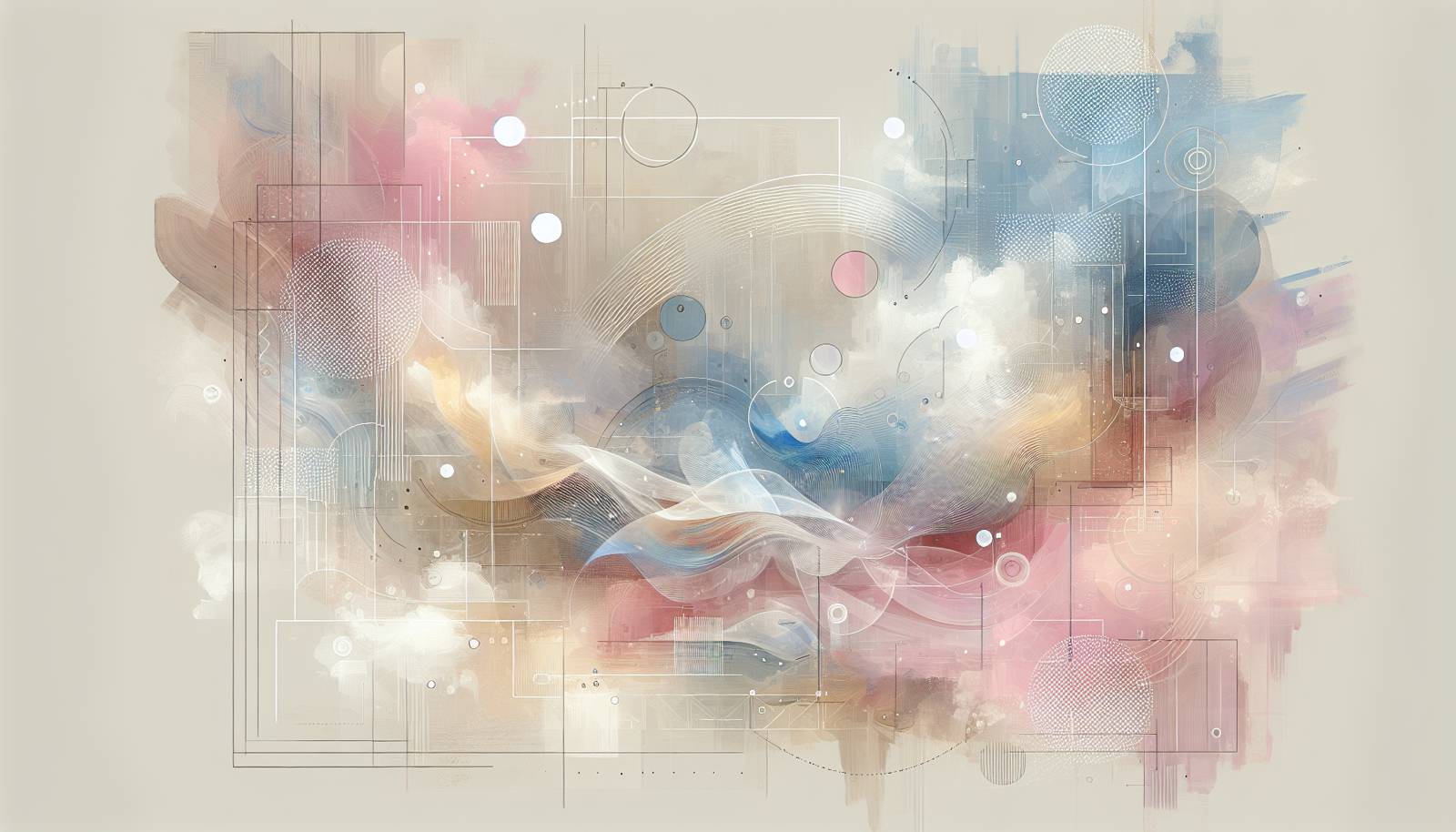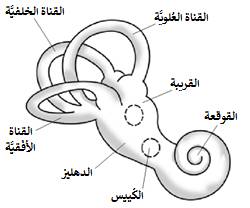
FAQ About The Role of Digital Illustration in Augmented Reality

What is digital illustration in the context of augmented reality?
In the context of augmented reality (AR), digital illustration refers to the creation of visual content that is integrated into AR environments. These illustrations are digitally created artworks, such as 2D or 3D images, that enhance or interact with the real-world view when viewed through an AR device. They play a crucial role in augmenting reality by providing visually engaging and informative overlays that enhance user interaction and experience.

How do digital illustrations enhance augmented reality experiences?
Digital illustrations enhance augmented reality experiences by adding visually appealing and contextually relevant content to the real-world view. They can provide additional information, guide users through interactive features, and create immersive visual storytelling. By blending seamlessly with the real environment, these illustrations can make AR experiences more engaging and intuitive for users, enriching entertainment, education, retail, and more.

What are some common applications of digital illustration in augmented reality?
Common applications of digital illustration in augmented reality include gaming, where illustrations create immersive environments and characters; retail, where they provide interactive product demonstrations; education, where they offer visual aids and interactive learning experiences; and tourism, where they enhance historical and cultural storytelling through visually rich overlays. These applications leverage digital illustrations to improve user engagement and interaction in diverse fields.

Which digital illustration techniques are most used in augmented reality?
In augmented reality, techniques such as 3D modeling, 2D animation, and vector illustrations are widely used. 3D modeling creates lifelike objects and environments, while 2D animations can add dynamic elements to AR scenes. Vector illustrations, known for scalability and clarity, are also common, allowing for high-quality visuals that maintain their quality across different devices and resolutions.

How does augmented reality impact visual storytelling through digital illustration?
Augmented reality impacts visual storytelling by allowing digital illustrations to interact with the physical world in real-time, creating a more immersive and engaging narrative. Illustrations can respond to user inputs, changing locations, or environmental factors, thus enhancing the storytelling with interactive scenes and dynamic content. This capability makes stories more personal and memorable by connecting them with the real-world experiences of users.

What skills are required for creating digital illustrations for augmented reality?
Creating digital illustrations for augmented reality requires a blend of artistic and technical skills. Artists need proficiency in graphic design and illustration software like Adobe Illustrator and Photoshop, as well as knowledge of 3D modeling tools such as Blender or Autodesk Maya. Understanding AR platforms and development environments is also crucial for integrating illustrations into AR applications. Strong creativity and an understanding of user experience design are essential as well.

Can digital illustrations in augmented reality be interactive?
Yes, digital illustrations in augmented reality can be interactive. They can include elements that respond to user actions, such as touch or gestures. This interactivity allows users to explore and manipulate the digital illustrations within the AR environment, leading to more engaging and personalized experiences. Interactive digital illustrations are often used in educational apps, gaming, and marketing to enhance user interaction and engagement.

Are there tools specifically for creating digital illustrations for AR?
There are several tools specifically designed for creating digital illustrations for augmented reality. Unity and Unreal Engine are popular platforms for developing AR applications, offering features for integrating digital illustrations. For illustration creation, tools like Adobe Aero are specifically designed for AR, allowing artists to create, animate, and deploy interactive overlays in AR environments seamlessly.

How do digital illustrations contribute to user interface design in AR?
Digital illustrations contribute significantly to user interface design in AR by providing intuitive visual cues and enhancing the aesthetic appeal of interfaces. They can guide users through interactions, highlight important features, and create visually cohesive environments that align with the application's purpose. Well-designed illustrations help make AR interfaces more user-friendly and engaging by ensuring that user interactions with digital content are clear and satisfying.

Why is alignment between digital illustrations and real-world elements important in AR?
Alignment between digital illustrations and real-world elements is crucial in augmented reality to maintain immersion and ensure the user experience remains believable and effective. Accurate alignment helps create a seamless integration where digital content appears as a natural part of the real-world environment, reducing disorientation and improving user engagement. Proper alignment also aids in interaction fidelity, enabling accurate and meaningful interactions between users and digital content.

What are the challenges of integrating digital illustrations into AR?
Integrating digital illustrations into AR poses several challenges, including maintaining alignment with the physical environment, ensuring performance across various devices, and creating engaging and functional designs. Artists must consider factors like lighting, perspective, and occlusion to ensure illustrations blend seamlessly with reality. Additionally, optimizing graphic content for performance without compromising quality is essential to ensure smooth user experiences across different platforms.

How is the educational sector using digital illustrations in AR?
The educational sector leverages digital illustrations in AR to provide interactive and immersive learning experiences. Illustrations can depict complex concepts as engaging visual simulations, allowing students to explore subjects like biology, history, or astronomy interactively. Such applications enhance understanding and retention by making learning more engaging and hands-on, catering to different learning styles through visually rich and interactive content.

Do digital illustrations in AR require real-time rendering?
Yes, many digital illustrations in AR require real-time rendering to adapt and respond to user interactions and changes in the environment. Real-time rendering ensures that digital content updates as the user moves or interacts with the AR application, maintaining alignment and enhancing immersion. This capability is crucial for creating interactive experiences where responsiveness and visual coherence are essential.

How does digital illustration improve the retail experience in AR applications?
Digital illustrations enhance the retail experience in augmented reality applications by providing interactive product visualizations and augmented shopping experiences. For instance, customers can visualize how a piece of furniture looks in their home or how apparel fits, using digital illustrations that overlay realistic images on their real-world setting. This capability helps consumers make better-informed purchasing decisions and enhances engagement by offering a new level of interactivity and personalization.

Can artists without technical skills contribute to AR projects through digital illustration?
Artists without extensive technical skills can still contribute to AR projects through collaboration with developers and using user-friendly design tools. Many platforms offer intuitive interfaces where artists can create digital illustrations without deep programming knowledge, leveraging drag-and-drop features and visual scripting. Additionally, cross-disciplinary teams allow artists to focus on creative aspects, while technical experts handle integration and development, ensuring successful AR projects.

What is the future of digital illustration in augmented reality?
The future of digital illustration in augmented reality is likely to be characterized by increasing sophistication and ubiquity. As AR technology evolves, digital illustrations will become more interactive, personalized, and integrated into everyday applications. Enhanced AI-driven tools for generating and manipulating illustrations, along with broader platform support, will democratize AR content creation. This evolution will open up new opportunities in sectors such as education, entertainment, commerce, and beyond, transforming the way we interact with digital content.

Are there differences in creating illustrations for AR compared to other media?
Creating illustrations for AR differs from other media due to the need to consider the integration with real-world environments and interactions. Unlike static images or traditional animations, AR illustrations require attention to spatial orientation, interactivity, and real-time adaptation. This often involves 3D modeling and ensuring that illustrations adjust dynamically to changes in user position and perspective, influencing both design process and tools used.

How do digital illustrations impact the gaming industry through augmented reality?
Digital illustrations significantly impact the gaming industry through augmented reality by creating immersive and interactive game environments. AR games like "Pokémon Go" utilize digital illustrations to place game elements in players' real-world locations, enhancing the gaming experience by blending digital elements seamlessly with physical surroundings. This approach provides unique gameplay narratives and challenges that are closely intertwined with the player’s real environment.

What role do animation techniques play in digital illustrations for AR?
Animation techniques play a vital role in digital illustrations for AR by bringing static images to life and enhancing interactivity. Animation can illustrate movement, transitions, and interactions within the AR environment, making the experience dynamic and engaging. Techniques such as keyframe animation, motion graphics, and real-time animation scripting are often used to ensure that illustrations effectively respond to user inputs and environmental changes in an AR setup.

How does user feedback influence the development of digital illustrations in AR?
User feedback is crucial in the development of digital illustrations for AR as it helps creators understand how users interact with the content and identify areas for improvement. Feedback can highlight usability issues, aesthetic preferences, and interaction challenges, allowing designers to refine illustrations for better engagement and functionality. This iterative process ensures that the final AR product provides an optimal user experience that resonates with its audience.
